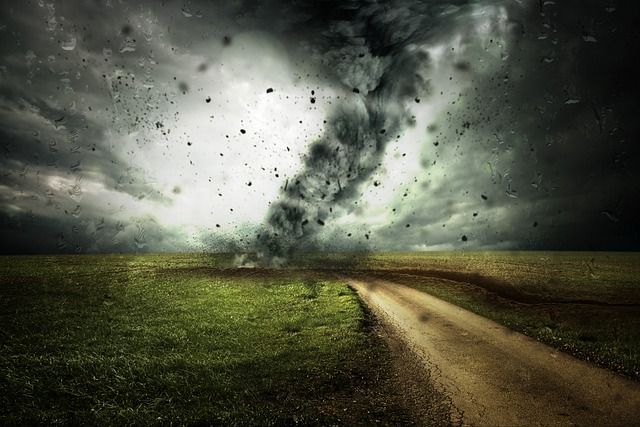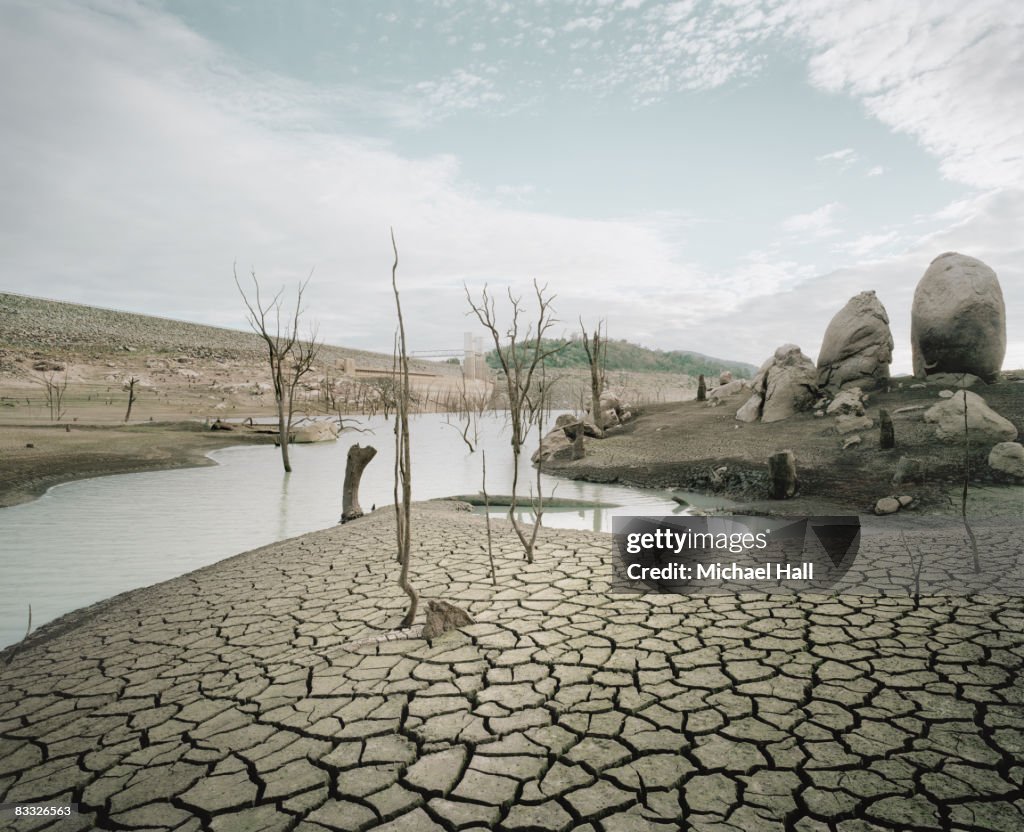
We usually view human-driven climate change as a challenge for the future, but it is already taking place. Communities and ecosystems in the United States and across the globe are being impacted by the current progression of climate change. Climate change impacts the natural world in various ways, such as increasing heat, rising oceans, prolonged dry periods, heavier rains, and more. These changes influence the resources and systems we rely on, including water supplies, energy production, transportation networks, biodiversity, farming, ecosystems, and human well-being.
Drought reduces crop yields and threatens human well-being. Floods can spread illness, cause loss of life, and damage both ecosystems and infrastructure. Health problems linked to droughts, floods, and extreme weather increase mortality, disrupt food supplies, and reduce worker productivity—ultimately weakening the economy.
Read more about Upcoming superman movie
Read more about Climate change and its effect
There is still an opportunity to reduce the damage and intensity of climate change. We already understand many of the challenges and their solutions, and scientists continue to discover new approaches. Specialists believe we can prevent the worst consequences by cutting emissions to zero as quickly as possible, which will help limit global warming. To succeed, societies must invest in innovative technologies and modern infrastructure, creating new jobs in the process. For instance, continued advancement of renewable energy systems and facilities will be essential. Lower emissions will also improve public health, saving lives and reducing healthcare costs by billions of dollars.
The consequences of climate change on our water resources greatly affect both our planet and our daily lives. Rising temperatures are altering the patterns of when, where, and how much rain or snow falls. Some regions are experiencing more intense rainfall, while others are facing longer and more frequent dry spells.
Flooding has become a growing concern as the climate shifts. Compared to the early 1900s, heavy precipitation events are now stronger, more intense, and occur more often throughout much of the United States.
At the same time, drought conditions are becoming more widespread, especially across the western U.S. Water demand increases during hot weather, particularly in farming. Just as people sweat more in high heat, plants lose more water through transpiration. As a result, farmers must provide their crops with extra irrigation.
Snowpack is another key source of freshwater for many communities. When snow melts, it supplies water for human use. This is especially critical in places like the western U.S., where there is little rainfall during warmer months. However, with rising temperatures, snowfall decreases and melts earlier in the season. This makes snowpack a less dependable water resource.
Our food production depends heavily on climate and weather. Rising heat, drought, limited water, pests, and extreme weather all pose difficulties for agriculture and livestock. Farmers, ranchers, and scientists can address some of these problems by adjusting practices or developing new technologies. Still, other challenges are harder to solve, such as impacts on human and animal health. Farmworkers may face heat-related illnesses like dehydration, heatstroke, and even heart problems. Similarly, extreme heat can place livestock under serious stress.
Climate change impacts all living organisms and their habitats, but not all are affected in the same way. The Arctic is among the ecosystems most at risk, warming at more than double the global average rate. Changes in the Arctic influence the entire planet — melting glaciers and ice sheets on land significantly add to rising sea levels. Oceans also expand as they warm, further driving sea level rise. Higher seas increase the danger of coastal erosion and storm surges.
The effects of climate change often interact, worsening damage to ecosystems. For instance, rising seas can bury coral reefs in sediment. At the same time, corals face other threats: hotter waters trigger coral bleaching, and stronger storms can break apart reefs. Coral reefs support thousands of species, many of which depend on healthy reefs for food and shelter.
While some species can adjust to changing conditions — for example, plants that bloom earlier or grow for longer seasons — these shifts sometimes happen too quickly for others. A mismatch can occur if a plant flowers before its pollinators are ready.
Other organisms adapt by moving into new regions that were once too cold or inhospitable. However, when a species expands its range, it can disrupt or harm the organisms already living there. Climate change also favors nuisance and invasive species, such as lionfish or ticks, allowing them to spread even further.
Marine ecosystems face yet another threat: ocean acidification. The oceans absorb roughly 30% of the carbon dioxide produced from burning fossil fuels. This process increases acidity in seawater, creating serious challenges for marine life.
Physical infrastructure includes highways, bridges, seaports, power grids, high-speed internet, and other elements of our transport and communication networks. These systems are generally built to last for decades. Because of this, most communities rely on infrastructure that was created without considering the impacts of climate change.
Much of today’s infrastructure may not be equipped to handle extreme weather events, such as intense rainfall, flooding, strong winds, snowstorms, or sharp temperature shifts. These hazards can cause problems in many ways. For instance, higher temperatures increase demand for air conditioning, putting additional pressure on electrical systems. Likewise, sudden heavy downpours that exceed stormwater drainage capacity can cause flooding, leading to the closure of highways, key travel routes, and local businesses.
Infrastructure along coastlines—including bridges, roads, and water systems—is especially vulnerable to rising sea levels. Nearly 40% of people in the U.S. live in coastal counties, meaning millions are exposed to these risks. Rising seas also contribute to shoreline erosion and more frequent high-tide flooding. Experts predict that by 2100, some communities could be at or even below sea level. These areas will need to decide how to respond, often through a combination of strengthening infrastructure and relocating away from vulnerable shorelines—a process known as managed retreat.
Currently, many towns and cities are unprepared for climate-related challenges. Scientists and researchers are examining both present and future impacts and offering strategies to address them. Looking ahead, it is crucial for communities to prioritize resilient infrastructure that can endure future climate stresses. Education on resilience is essential for all sectors of society, from city planners and emergency officials to teachers and public communicators. Everyone has the opportunity to build preparedness for climate change through resilience education.
Climate change stands as the greatest existential danger to our planet. If we fail to curb greenhouse gas emissions from burning fossil fuels, the rising global temperatures could trigger widespread collapse of agriculture and fisheries, the extinction of countless species, and force entire communities to become unlivable. While there is still time to avoid the most catastrophic outcomes, climate change is already inflicting suffering and loss of life. From devastating wildfires to more intense storms, its cascading effects are visible today, right outside our doors.
Recognizing these consequences allows us to prepare for what is already here, prevent what can still be avoided, and brace for what lies ahead, so that all communities can be better protected. Although everyone will feel the impacts of climate change, the world’s poorest nations—those least responsible for the crisis—are the most vulnerable. With limited financial means to cope or adapt, and strong reliance on healthy ecosystems for food and livelihoods, they face disproportionate risks. In the United States as well, low-income neighborhoods and communities of color are often hit first and hardest. Because climate disruption and inequality are deeply linked, leaders must act on both fronts—and all of us must push for climate justice. Here’s what you should know about the challenges before us.
In a warming climate, growing crops has become less predictable—and raising livestock, which are highly vulnerable to extreme weather, is increasingly difficult. Shifting rainfall patterns cause erratic flooding and prolonged droughts. Stronger, more frequent hurricanes can wipe out an entire harvest in one blow. At the same time, pests, diseases, and invasive species—already expensive for farmers to control—are becoming more unpredictable. This poses a major problem, since the majority of farms worldwide are small, family-operated businesses. A single severe flood or drought can ruin a whole season’s yield or livestock. For instance, in June 2022, extreme heat in Kansas reached triple digits, killing thousands of cattle. While regenerative agriculture offers communities tools to strengthen their land against climate impacts, many areas still lack fair access to the resources needed to adopt these sustainable practices.
Soil that is rich in minerals and moisture and alive with organisms like insects, fungi, and microbes supports strong crop growth. But climate change—especially extreme temperatures and changing rainfall—undermines soil quality. This damage is even worse in regions dominated by industrial monocultures reliant on chemicals, where the soil and crops are already weakened and less resilient to environmental stress.
In the end, disruptions to farming systems directly endanger global food security. Food shortages and rising prices caused by climate change won’t be felt equally: the wealthiest populations will continue to find ways to access food, while potentially billions of people will be pushed into hunger—adding to the billions who already struggle to get enough nourishment.
Ultimately, climate change’s influence on weather, ecosystems, wildlife, and farming circles back to affect people as well. But the impacts reach even further. Across the globe, the ways we live—how we produce food, the industries our economies rely on, and the routines we follow—have all been shaped within relatively steady climate conditions. As global warming destabilizes this foundation, it threatens to transform the structure of society itself. In the worst scenarios, this could bring widespread hunger, illness, conflict, displacement, injury, and death. For many communities today, these dire outcomes are not predictions but lived experiences. In this sense, climate change represents a fundamental threat to humanity’s survival.
Climate change deteriorates air quality. It raises exposure to dangerous wildfire smoke and ozone pollution intensified by hotter temperatures, both of which harm health—especially for individuals with conditions such as asthma or cardiovascular disease.
Diseases spread by insects, like malaria and Zika, expand under warmer conditions as the pests that carry them can inhabit more areas or survive for longer seasons. In the last three decades, the number of Lyme disease cases from ticks has nearly doubled in the United States, according to the Environmental Protection Agency (EPA). Each year, thousands of people are injured, sickened, or killed by increasingly frequent and severe extreme weather. If the global average temperature climbs by 2°C, about one billion people will be at risk of heat stress. In the summer of 2022, thousands died in unprecedented European heat waves. Only weeks later, historic flooding in U.S. and South Korean cities claimed dozens of lives—and catastrophic floods in Pakistan killed over 1,500 people, with stagnant water and poor sanitation threatening even more lives afterward.




